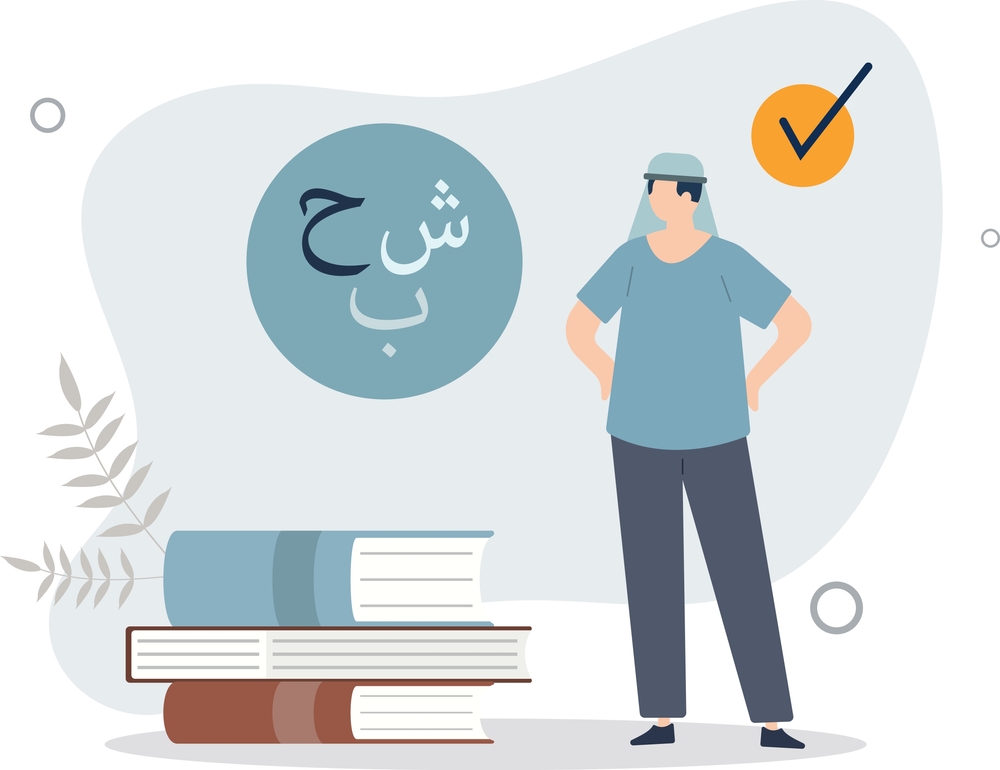
Arabic is a fascinating and intricate language with a rich history and a structure distinct from many other languages. To effectively learn Arabic, it is essential to understand its unique grammar rules. Here are five fundamental grammar rules that can help you master the language, with insights from Al-Dirassa Institute, a leader in teaching Arabic to non-native speakers.
1. The Root System
One of the most distinctive features of Arabic is its root system. Almost all Arabic words are derived from a three-letter (and sometimes four-letter) root, which carries the core meaning of the word. For example, the root كَتَبَ (k-t-b) relates to writing, and words like كتاب (kitab – book), كاتب (katib – writer), and مكتبة (maktaba – library) are all derived from this root. At Al-Dirassa Institute, students are taught to analyze these roots, enabling them to understand the relationships between words and expand their vocabulary with ease.
2. Plural and Dual Nouns
Arabic nouns can be singular, dual, or plural. The dual form is unique and used for precisely two items, typically by adding -ان (-an) or -ين (-ayn) to the end of the singular noun. For instance, كتاب (kitab – book) becomes كتابان (kitaban – two books). Plurals, however, can be regular or irregular (broken plurals). The team at Al-Dirassa Institute provides structured lessons and plenty of examples to help learners memorize these plural forms and apply them in context.
3. Inflection
Arabic is a highly inflected language, meaning that the form of words changes to convey grammatical relationships such as tense, mood, and case. Verbs are conjugated for person, gender, and number, while nouns and adjectives agree in gender and number with the nouns they modify. At Al-Dirassa Institute, students practice inflection through interactive exercises and personalized feedback, ensuring they master this critical aspect of Arabic grammar.
4. Gender
Arabic nouns, pronouns, and adjectives have grammatical gender—masculine or feminine. Most feminine nouns end in -ة (ta marbuta), but there are exceptions. For instance, طالب (talib – male student) becomes طالبة (taliba – female student). Verbs and adjectives must also agree with the gender of the subject. Learning these rules is a key part of the curriculum at Al-Dirassa Institute, where instructors emphasize real-world examples to make the concepts easier to grasp.
5. Grammatical Cases
Arabic uses grammatical cases to indicate the function of a noun in a sentence: nominative, accusative, and genitive. These cases are marked by short vowel endings called diacritics, which appear at the end of the word. For example:
- Nominative: الكتابُ (al-kitabُ – the book) for the subject.
- Accusative: الكتابَ (al-kitabَ – the book) for the object.
- Genitive: الكتابِ (al-kitabِ – the book) for possession or after a preposition.
Understanding grammatical cases is crucial for mastering Modern Standard Arabic, and Al-Dirassa Institute excels at breaking down these rules into manageable lessons, making even advanced grammar accessible to learners.
Learn the Arabic Language With Al-Dirassa Institute
Arabic grammar may seem complex, but with consistent practice and guidance from experts, it becomes much easier. At Al-Dirassa Institute, we specialize in teaching Arabic to non-native speakers using innovative methods tailored to individual learning styles. Join us today and discover how Al-Dirassa Institute can help you unlock the beauty of the Arabic language!
This article emphasizes the value of structured learning with Al-Dirassa Institute, highlighting its expertise in teaching the nuances of Arabic grammar to students worldwide.





No comment yet, add your voice below!